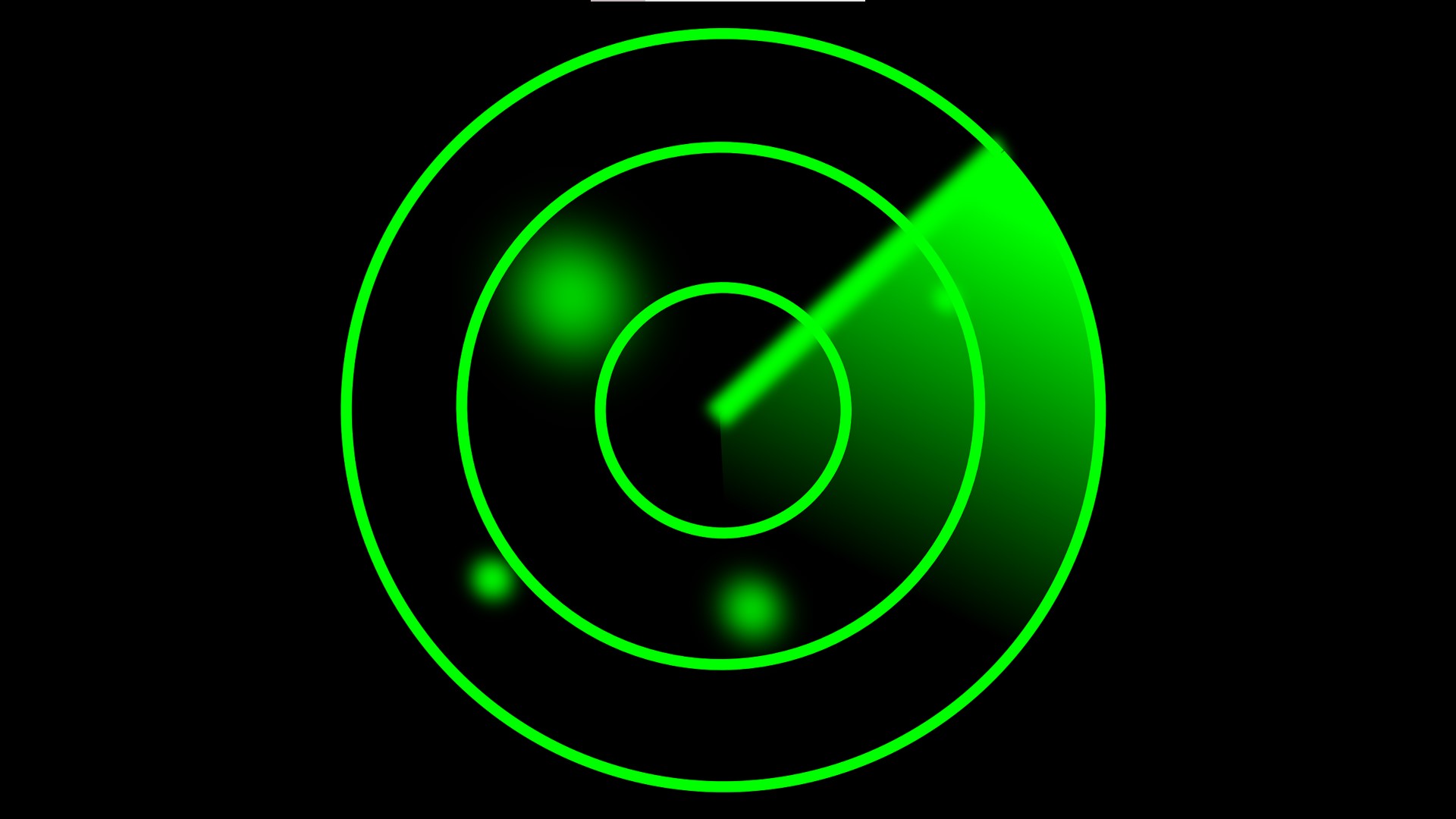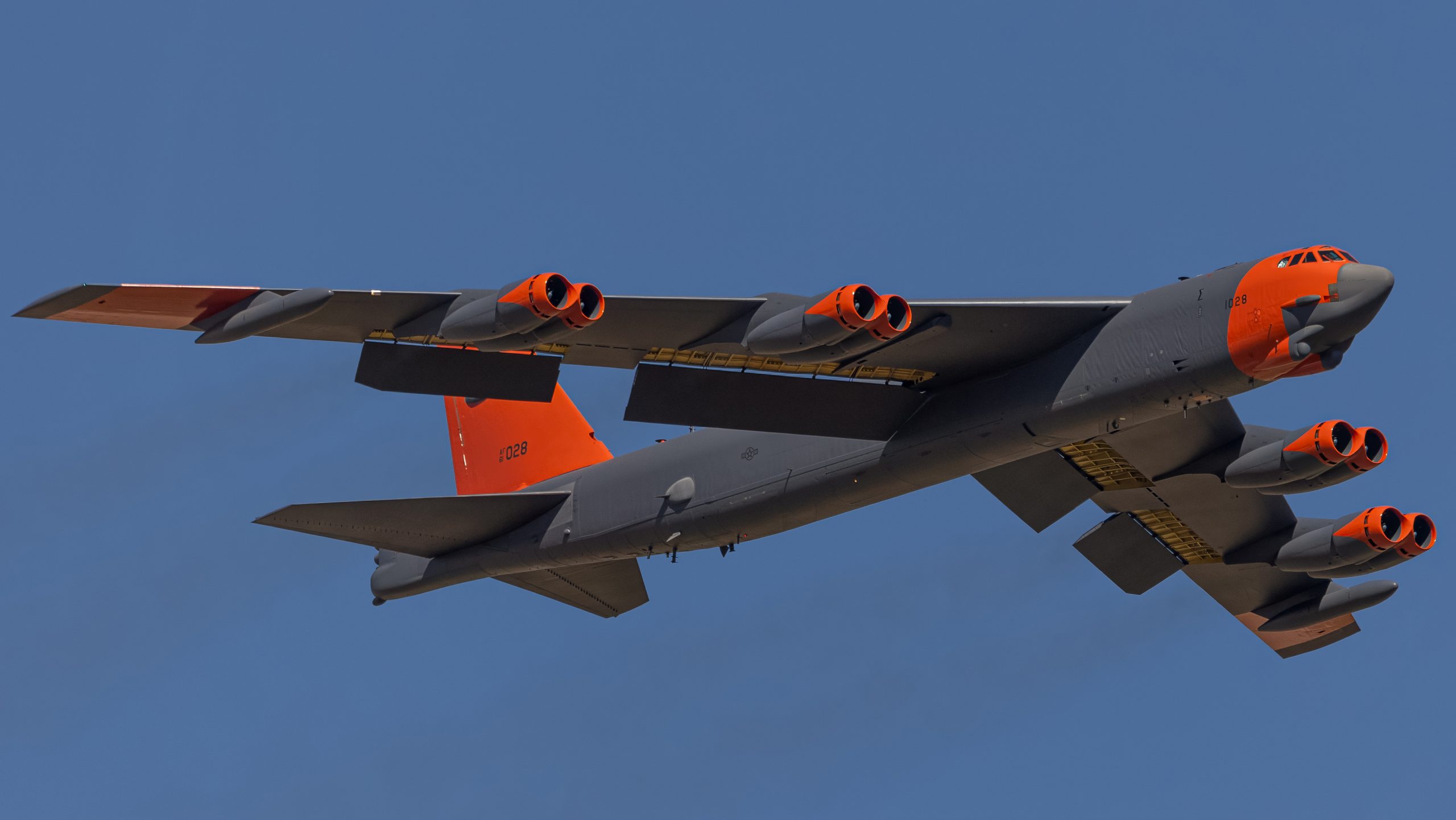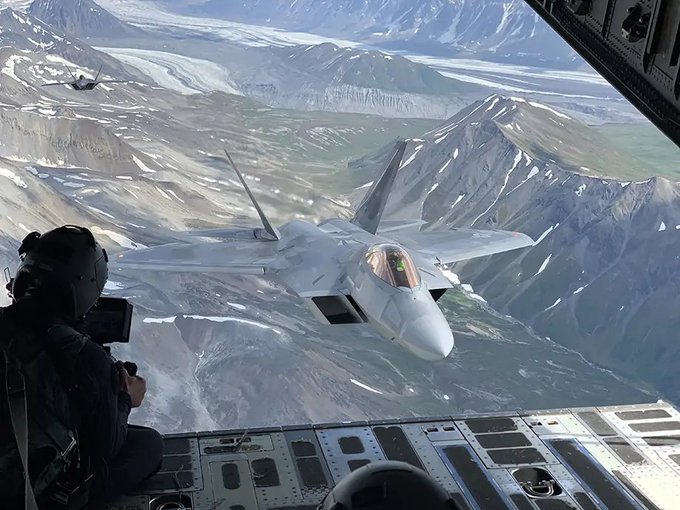Aaron Fox
Well-known member
Code:
TL9 Union of Nations Conventional Bombard Cruise Missile Mk1 (CBCM-1)
The CBCM-1 is a roughly cylindrical object measuring 1 meter in diameter with a 3.5-meter wingspan, similar to a cruise missile developed on Earth. The difference between the CBCM-1 and its predecessors on Earth is that it was designed for the conditions of Chiron with its vastly thicker -if oxygen-deficient- atmosphere (1.7atmo) and higher gravity (1.3G).
Due to the wide availability of anti-air systems on Chiron, thanks to the wide availability of drones and modified missile systems, the CBCM-1 is clad in heavy (for an aircraft) armor, clad in extensive (for its time) stealth features, capable of quite a bit of maneuverability, capable of reaching just over Mach 2.11 (2,519km/h/1,565.23mph) and rapid acceleration (capable of achieving its top speed in just over 72 seconds), a modular warhead compartment capable of handling most warheads in the Union arsenal, and impressive range (from a standstill, it can achieve a range of ~4,938km or ~7,973 miles).
The variant shown here is a unitary HE warhead variant designed to devastate semi-hardened surface facilities and large concentrated surface formations.
Crew: [Autonomous Missile]
Subassemblies: Vehicle +5, 2xWings +4, Body +5.
P&P: two 6.06-MJ rechargeable Missile Prelaunch Power Cells, 84,303 lbs. thrust Conventional Cruise Missile Super Turbofan Mk1 [375kN] (vectored thrust, Realistic; no access space).
Fuel: 7,978 liter self-sealing ultralight Missile Fuel Tank (fire modifier -1) [2xWings], 15,956 liter self-sealing ultralight Missile Fuel Tank (fire modifier -1), 31,911 liter Missile Jet Fuel (fire 13).
Occ: Cargo:
Armor F RL B T U
Wings 4/200 4/200 4/200 4/200 4/200
Body 5/300 4/200 4/200 4/200 4/200
Weaponry Malf Type Damage SS Acc 1/2D m Max m RoF TL
Conventional Bombard Cruise Missile HE Warhead Mk1 Crit Exp 4dx275000[12d] - 6 0 0 - 9
Equipment
Body: basic Emission Stealth (-5 spotting modifier); Liquid Crystal Skin System (-2 spotting modifier); improved Sensor Stealth (-7 spotting modifier); improved Sound Baffling (-7 hearing modifier); EnviroSealing; extreme range Missile Radio Set (1,000,000-mile range; scrambler); long range Missile Radio Set (10,000-mile range; scrambler); very long range Missile Laser Communicator (200,000-mile range); very long range Missile Laser Communicator (200,000-mile range); very long range Missile Laser Communicator (200,000-mile range); very long range Missile Laser Communicator (200,000-mile range); very long range Missile Laser Communicator (200,000-mile range); mainframe Primary Missile Computer (complexity 7; genius, hardened, very high capacity, robot brain); mainframe Missile Encryption Computer (complexity 7; dedicated, genius, hardened, robot brain); mainframe Missile Electronic Warfare Computer (complexity 7; dedicated, genius, hardened, robot brain); 10,000-gig Missile Computer Hard Drive (hardened); five 5,000-gig Missile Database Hard Drives (hardened); Encryption Database; Sensor Database; Communications Database; Warbook Database; Electronic Warfare Database; Missile Encryption Program (C7); 60 WarLink Military Datalinks (C1); Missile Piloting Program (piloting-17, C7); Missile Sensor Management Program (other-17, C7); Missile Electronic Warfare Management Program (other-17, C7); Missile Deception Jammer (jammer rating 10); two Missile IR Jammers (1.5-mile range, jammer rating 4); two Missile IR Jammers (1.5-mile range, jammer rating 4); advanced Sensor Detection System; advanced Sensor Detection System; advanced Sensor Detection System; advanced Sensor Detection System; advanced Sensor Detection System; advanced Sensor Detection System; 20 chaff Chaff Dischargers; 20 chaff Chaff Dischargers; 20 chaff Chaff Dischargers; 20 chaff Chaff Dischargers; 20 flare Flare Dischargers; 20 flare Flare Dischargers; 20 flare Flare Dischargers; 20 flare Flare Dischargers; 160 chaff Chaff Discharger Reloads; 160 flare Flare Discharger Reloads; Missile AESA (F, scan 23, 100-mile range; LPI); Missile AESA (R, scan 21, 50-mile range; LPI); Missile AESA (L, scan 21, 50-mile range; LPI); Missile PESA (F, scan 25, 200-mile range); Missile PESA (R, scan 23, 100-mile range); Missile PESA (L, scan 23, 100-mile range); Missile LLTV (F, magnification x200); Missile Light Amplification Sensor (F); Missile Thermograph (F, scan 25, 200-mile range); IFF; Terrain Following Radar Unit; Inertial Compass; 1,000mm Conventional Bombard Cruise Missile HE Warhead Mk1 (huge HE warhead; self destruct).
Statistics
Size: [LxWxH] 20 m x3.5 m x1 m Payload: 28,701 kg Lwt.: 66,044 kg
Volume: 70 m^3 Maint.: 1.34 hours (71.7 mh/day) Price: $223,088,619
HT: 12 HP: 3,872 each [2xWings], 10,808 [Body].
Aerial Performance (Jet): Stall Speed 0 kph, Drag 259, Top Speed 2,519 kph, aAccel 32.2 kph/s, aMR 19, aSR 4, aDecel 121 kph/s.
Design Notes:
TL9 robotic responsive ultra heavy frame very expensive materials [2xWings].
TL9 robotic responsive ultra heavy frame expensive materials [Body].
TL9 DR 200 expensive metal [2xWings].
TL9 DR 200 expensive metal [Body].
Operating Duration: 2 H.
Environment: 1.3 Gs, 1.7 Atm.
Payload Cost: $287,090
Vehicle Features: computerized controls, very good streamlining.
Body: lifting body, 30° Front Slope.
Wings: STOL, folding.
Volume: 8.95 m^3 [2xWings], 52.1 m^3 [Body].
Area: 30 m^2 [2xWings], 83.7 m^2 [Body].
Empty Space: 1.93 m^3 [Body].
Aerial Performance (Jet): external item drag 1, payload 63,275, sweep mid-swept, unclamp top speed, use VXii stall speed;
It was first developed after efficient fossil fuel synthesis was discovered in 2195AD/95MY (MY standing for Mission Year). This allowed for the mass production of more advanced missile systems that could not use various solid rocket fuels as a propellant (which vastly limited range).
Based on a 'stealth BGM-109 Tomahawk' design, the CBCM-1 is a conservative design with (comparatively) minimal changes compared to the inspiring design. This conservative design philosophy allowed the program to take only one year, minimizing the tooling changeover (the University would take 5 years from paper design to full-scale production). The design would become massively successful, as it would be one of the most produced cruise missiles outside the Hive's CM1 series, with 2.65 million produced within 10 years.However, it would be kind of scary if a nation could get the equivalent technology. It's basically a Mach 2.11 Tomahawk with a range that is over ten times the Tomahawk's and a ~3.629 metric ton HE warhead... or a warhead of similar size due to the warhead compartment being a plug-and-play module (you can literally swap out the warhead) instead of a static one where you have to replace a major portion of the rocket/missile.
It also comes in incendiary, SICM, HEMAT-HE-FT (Hemispherical Anti-Tank, High Explosive, Follow Through; basically a WW2 HEAT warhead that has a HE follow-up warhead to kills anything behind the concrete), and 31MT nuclear flavors.
Just a conversation about Stealth and the Future of Air Combat.
To be honest, stealth is so relevant that it's becoming the pricetag of admission of sorts (like how SHORAD at the platoon level is now the new pricetag of admission when it comes to ground-side assets).








